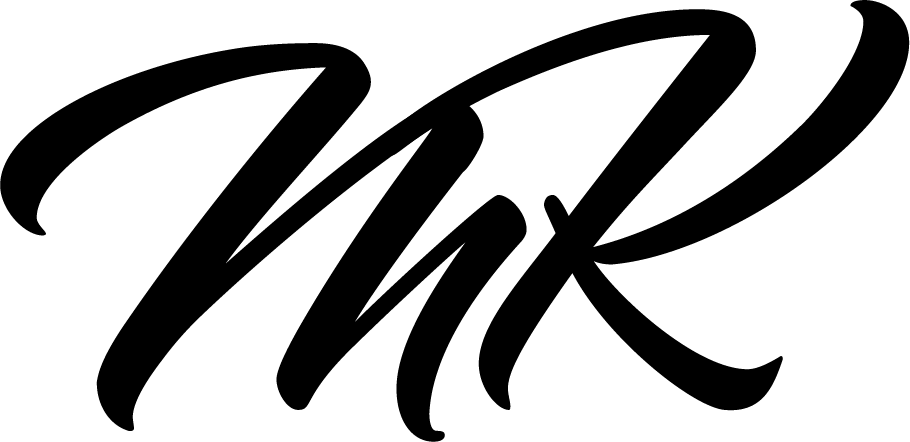
I recently had an interview on the ethnical responsibility of retouching. I found the experience very moving and very thought-provoking.
In this article, I would like to write down a few of these thoughts. What we see in advertisements and magazines every day feels like reality to people outside of the retouching industry: Impeccable models, even skin, great characters. If the retouching is carried out correctly, the processing won’t be visible — which creates an own reality. This is for many people (especially young people) a dangerous path. To aspire idols seems to be natural, at least until we eventually find our way and pull our thing through.
For young people, this distorted reality (by retouching) can be dangerous.
“Liquify” is probably the best example: it can be done in Photoshop with a few clicks and is hard work in “real life”. Overdone retouching far beyond the target idea is either not possible, dangerous, unhealthy, or self-destructive when it is made in the way of unnatural anatomy beyond the reasonable limits of the human body.
We have a significant ethnical responsibility in retouching here – and I’m very worried about the future generations.
When we retouch within the limits of doability, I think the world is fine. If someone has the will to follow this (photoshopped) ideal, it is possible to do so through hard work — through extremely hard work. It is possible, even without pathological, self-destructive methods …
In Israel, Photoshop’s use in advertising has been banned. For many, that’s the right approach. I think this is a possible new danger:
The advertising is based on stereotypes; advertising WANTS super-thin models — preferably 1.80 m tall and 90 pounds (45 kg) heavy, dress size under 34. The retoucher supports all this process by streamlining a little here and there, making something else more prominent, and so on …

This is the usual process in which almost everything influences each other. Advertising determines the ideal of beauty and thus influences the requirements of modeling agencies for their models through photographers and clients. These requirements affect people who have chosen to become a “model” as a career choice or to be part of that industry.

If the retouching is crossed out of this cycle — what will be the changes?
In the end, nothing will change — only the requirements of the model agencies will be stricter — because the unhealthy-self-destructive-super-thin-anatomy models will get the jobs. For the young people, the argument “This is photoshopped!” can no longer be maintained, and the pursuit of an unhealthy perfection becomes the new reality.
In my opinion — greatly simplified (the interview went over almost 3 hours) — as a retoucher, you have a lot of responsibility and should be aware of it. Unnatural retouching is not only extremely disturbing for me; I think it is dangerous. Be careful and pay attention to the anatomy of humans, learn as much as possible, and consider what shadows are essential, which body parts may be deformed and which wrinkles to keep.
Similar articles:
Do you have any suggestions, additions, is this post out of date, or have you found any mistakes? Then we look forward to your comment.
You are welcome to share this post. We are very grateful for every recommendation.
